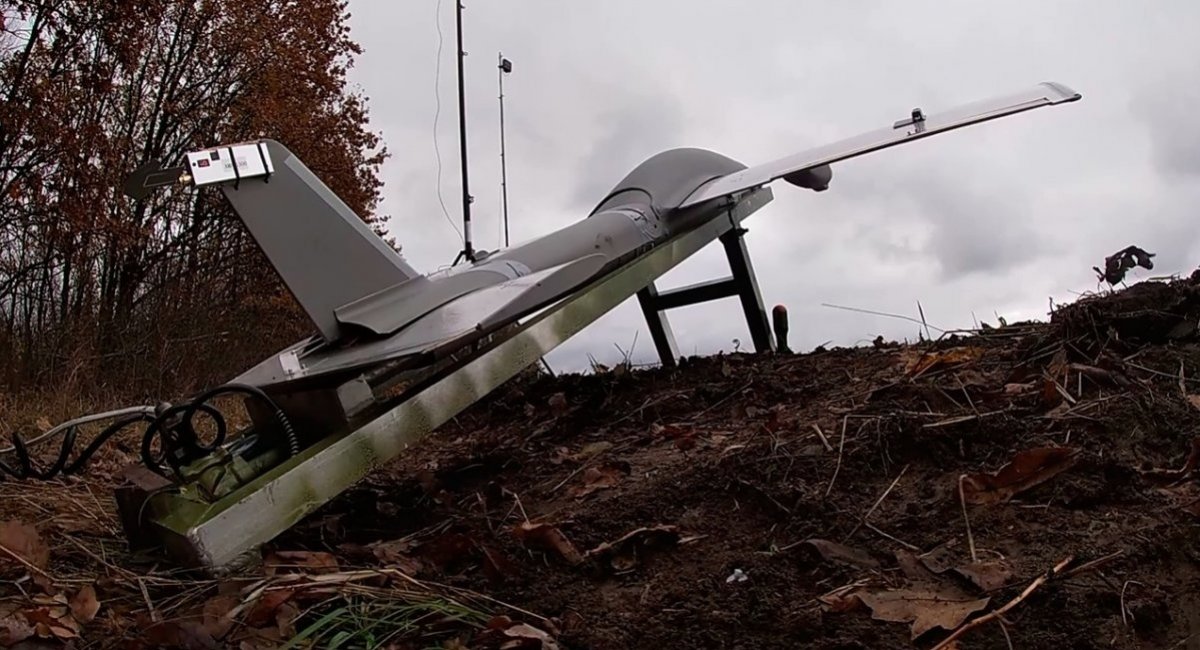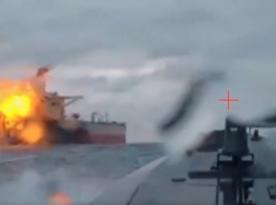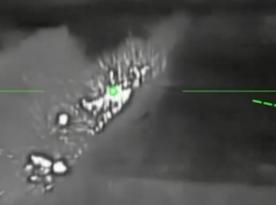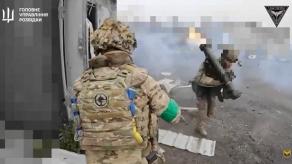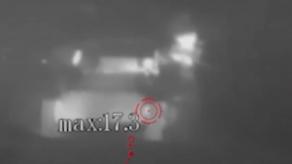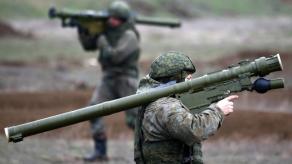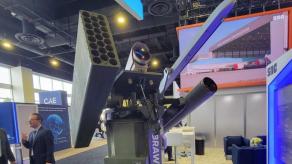russian invasion forces are quite actively using winged aerial kamikaze drones of crude design made of low-cost materials. The simplicity in form and functions allows to save money on components and assembly without undermining its combat effectiveness: after all, years-long durability isn't relevant for a drone supposed to make one single flight in its life.
However, the type of warheads used in such ad hoc loitering munitions have changed lately: before, russians mostly used an RPG-7 shaped charge anti-tank grenade or similar explosive device for engineering purposes, the KZ-6, which also serves as the warhead for Lancet loitering munitions from ZALA company. In contrast, now they've switched to much larger and more powerful explosive payloads.
Read more: The russian Kub-BLA Drone with 3 kg Warhead Allegedly Received Artificial Intelligence
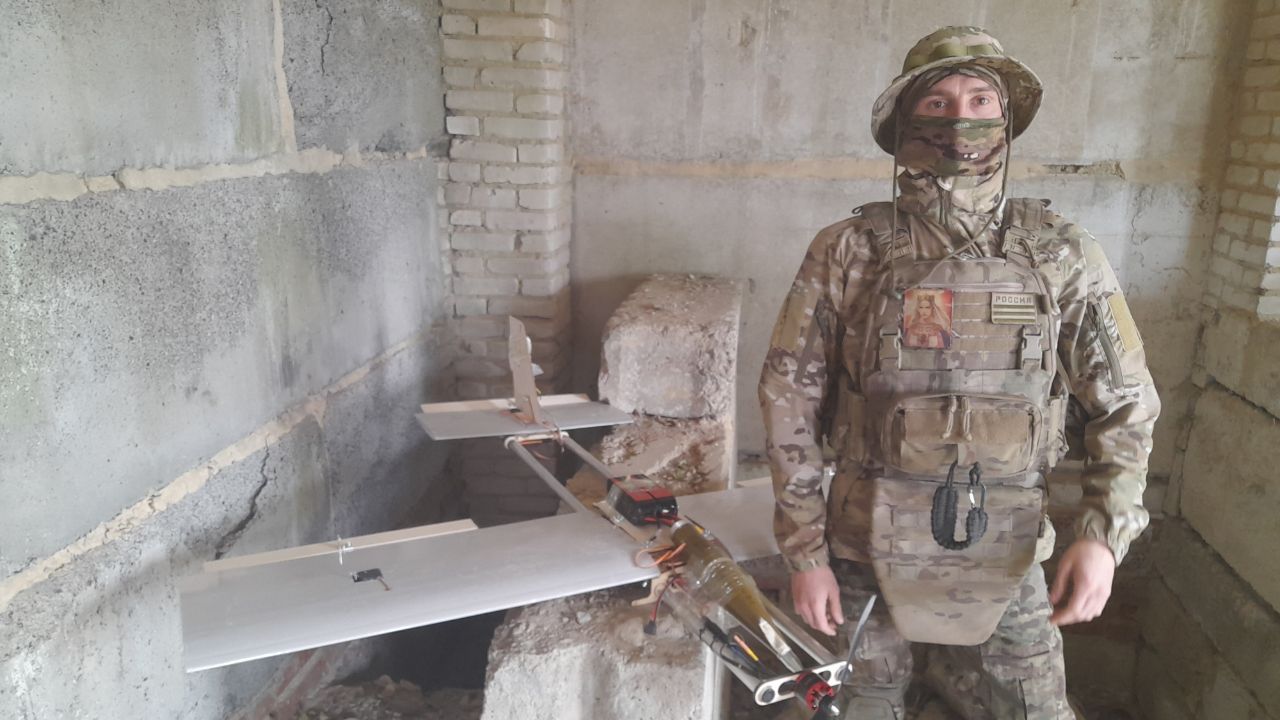
Increasingly often russians have been equipping their strike drones with TM-62 anti-tank mines. One such mine weighs about 10 kilograms, including about 7 kg of explosive filling. Drones carrying a mine are used to attack fortified positions and shelters of Ukrainian defenders.
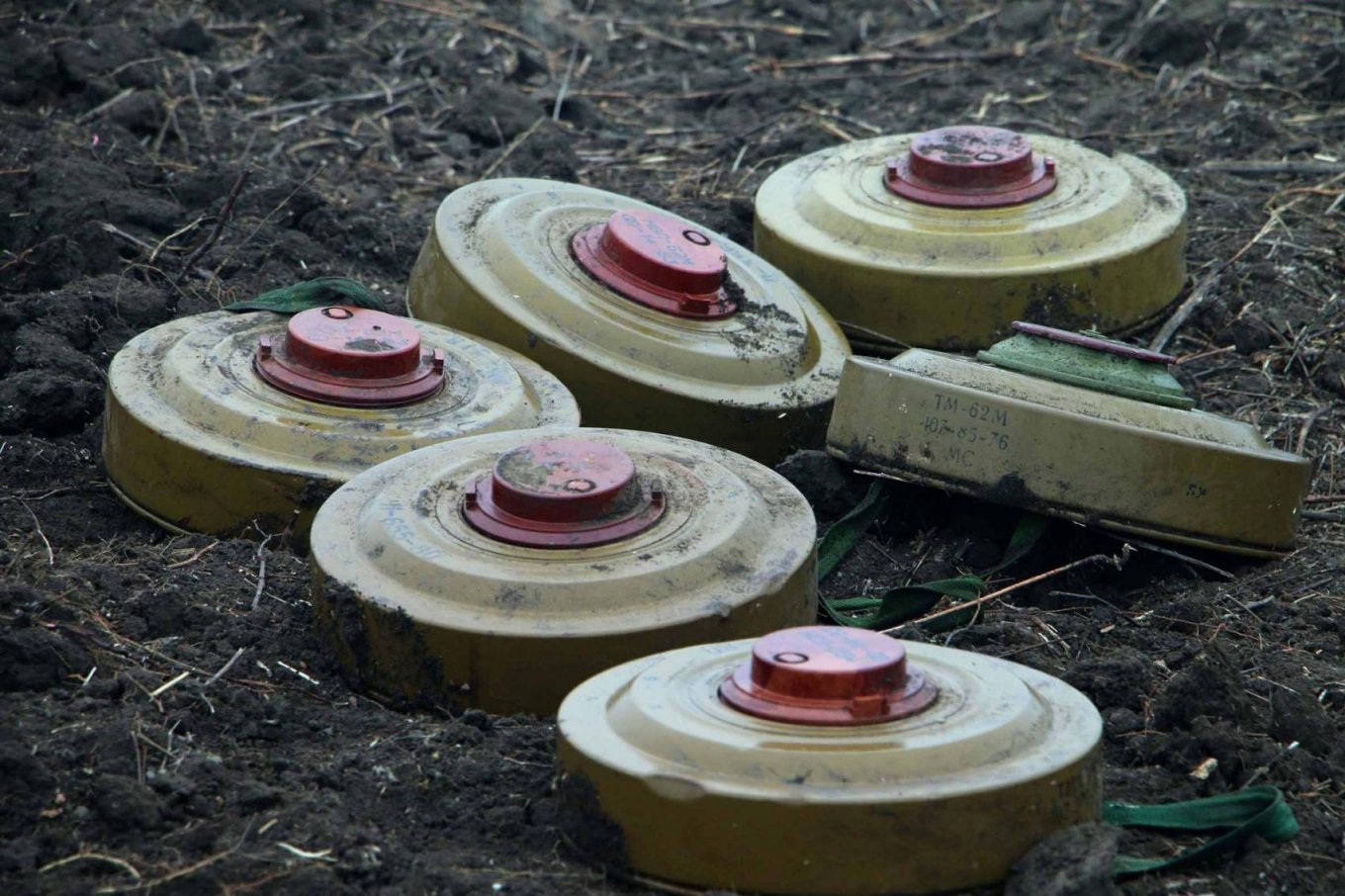
But the increased firepower comes with a downside. One typical serial drone named Molniya loses its capability to take off from a catapult in an ordinary way. As soon as it's launched, the UAV dives several meters down. To compensate for this initial loss of altitude, russians began launching them from the upper floors of buildings. This practice was noticed by a Ukrainian expert in electronic warfare, Serhii "Flash" Beskrestnov:
Another detail worth paying attention to is that this configuration requires taking some parts of the fuselage off the drone, worsening its aerodynamic properties. In addition, a heavier load means a shorter flight range and hindered controllability.
Nonetheless, drones of this type have been repeatedly recorded on the battlefield. Besides the Molniya, Ukrainians have seen its twin-engine version, Molniya-2, and the Privet-82 UAV, even at operational depths up to 30 km into Ukrainian positions. While it is certain that the range of these drones drops when carrying a non-standard payload, it remains unclear how much.

But the fact russians are bound to use high-rise buildings to deploy these UAVs is already a significant factor that narrows down the search area for launch points. Especially considering the shorter flight range of drones equipped with TM-62s.
Read more: Not "Grateful," but Gravehawk: What Are These New Air Defense Systems the UK Is Sending to Ukraine in a Batch of 15 Units?



